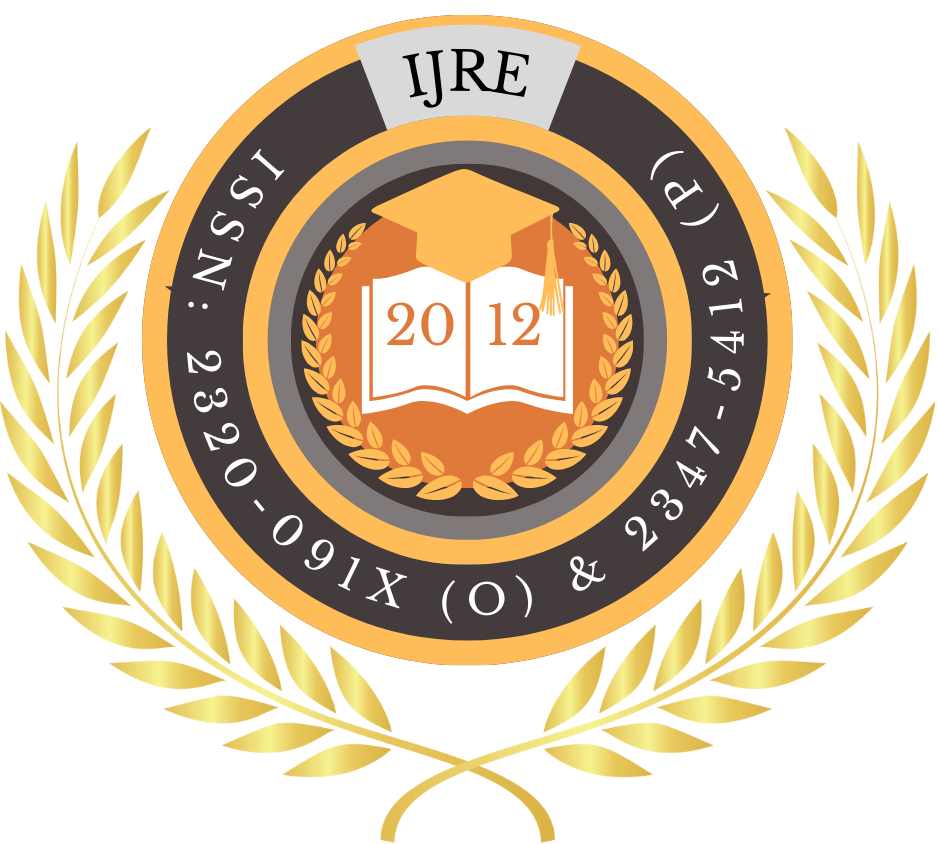![]()
Certificate: View Certificate
Published Paper PDF: View PDF
Aparna Ghosh
Independent Researcher
Assam, India
Abstract
Digital whiteboard tools have rapidly become essential in contemporary educational and professional settings, offering versatile, cloud‑based interfaces that support content creation, multi‑user collaboration, and integration with diverse digital resources. Central to their appeal is the provision of real‑time feedback—ranging from automated prompts and hints to instructor annotations and peer comments—which can reinforce understanding, guide user actions, and sustain engagement. This study investigates the efficiency of such feedback mechanisms across leading platforms by surveying 100 participants, including educators, instructional designers, and students. Using a mixed‑methods design, quantitative measures (e.g., perceived latency, clarity, actionability) were complemented by qualitative insights into user experiences. Statistical analyses reveal that feedback delivered within two seconds significantly boosts satisfaction, perceived learning gains, and user confidence, whereas delays beyond three seconds correlate with frustration and reduced tool adoption. Contextual embedding of feedback—such as inline annotations directly on user contributions—enhances actionability, while overly generic messages diminish trust. Furthermore, customization options that allow users to adjust feedback frequency and modality (textual, visual, or auditory) help balance cognitive load and maintain workflow fluidity. Participants highlighted the importance of adaptive feedback pacing that responds to individual expertise levels: novices benefit from more frequent, guided hints, whereas experts prefer succinct confirmations. Based on these findings, we propose design guidelines for optimizing feedback algorithms, interface layouts, and user‑training protocols to maximize educational outcomes and collaborative efficiency. These recommendations aim to inform future development of digital whiteboard tools, ensuring they deliver rapid, relevant, and user‑centered feedback without overwhelming cognitive resources.
Keywords
Digital whiteboards, real‑time feedback, usability, learning outcomes, user engagement
References
- https://images.ctfassets.net/w6r2i5d8q73s/3TxgBNU0rd6l4OMHY0jSmT/516b2195ed3884cf62699f2d260704a6/whiteboarding_04_process_mapping_EN_standard_4_3.png
- https://i.pinimg.com/564x/db/39/48/db394861ae524298043fd26d0b5fd461.jpg
- Brown, T., & Katz, B. (2009). Change by design: How design thinking transforms organizations and inspires innovation. HarperBusiness.
- Briggs, R. O., Reinig, B. A., & de Vreede, G. J. (2012). Collaboration engineering: Foundations and opportunities. Journal of Management Information Systems, 28(4), 3–47.
- Cheng, R. W., Lam, S. P., & Chan, J. K. (2008). When high achievers and low achievers work in the same group: The roles of group heterogeneity and processes in project‑based online learning. British Journal of Educational Technology, 39(4), 644–656.
- Gikandi, J. W., Morrow, D., & Davis, N. E. (2011). Online formative assessment in higher education: A literature review. Computers & Education, 57(4), 2333–2351.
- Hattie, J., & Timperley, H. (2007). The power of feedback. Review of Educational Research, 77(1), 81–112.
- Hogan, M. J., Adkins, N. R., McGrath, M., & Bixler, B. (2019). Instant feedback tools: Their effects on team‑based learning. Journal of Computing in Higher Education, 31(2), 329–349.
- Kulik, J. A., & Kulik, C. L. C. (1988). Timing of feedback and verbal learning. Review of Educational Research, 58(1), 79–97.
- Lee, J., & Hannafin, M. J. (2016). A design framework for enhancing engagement in student‑centered learning: Own it, learn it, and share it. Educational Technology Research and Development, 64(4), 707–734.
- Linxen, S., Seufert, T., & MacLellan, C. (2017). Testing the effectiveness of multimedia annotations in text–graphic learning. Computers & Education, 114, 145–160.
- Mayer, R. E., & Moreno, R. (2003). Nine ways to reduce cognitive load in multimedia learning. Educational Psychologist, 38(1), 43–52.
- Monteiro, B., & Baloian, N. (2014). Real‑time feedback in digital pen and paper systems: A case study. Journal of Educational Technology & Society, 17(1), 42–56.
- Naismith, L., Lonsdale, P., & Vavoula, G. (2005). Literature review in mobile technologies and learning. University of Birmingham.
- Reeves, T. C., & Hedberg, J. G. (2003). Interactive learning systems evaluation. Educational Technology Publications.
- Schroeder, N. L., Adesope, O. O., & Nesbit, J. C. (2019). The effects of digital whiteboard tools on collaborative problem solving. British Journal of Educational Technology, 50(3), 1234–1248.
- Smith, H. J., & Higgins, S. (2006). Opening classroom interaction: The importance of feedback. Cambridge Journal of Education, 36(4), 477–486.
- Shute, V. J. (2008). Focus on formative feedback. Review of Educational Research, 78(1), 153–189.
- Suthers, D. (2012). A framework for technological mediation of collaborative knowledge networks. International Journal of Computer‑Supported Collaborative Learning, 7(3), 301–329.
- Sweller, J., Ayres, P., & Kalyuga, S. (2011). Cognitive load theory. Springer.
- VanLehn, K. (2011). The relative effectiveness of human tutoring, intelligent tutoring systems, and other tutoring systems. Educational Psychologist, 46(4), 197–221.
